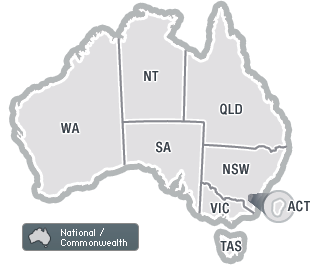Employers have been urged to take steps to mitigate the risks posed by exhausted workers, after a special working group in the ACT identified fatigue as a major contributing factor to workplace incidents and deaths.
Unions ACT secretary Kim Sattler told OHS Alert that while the Australian Capital Territory had a Government "that's very positively focused on OHS", a "really proactive" Work Safety Commissioner and an active Work Safety Council, workplace injuries and fatalities continued to occur.
In the ACT construction sector, three workers had been killed since December 2011, and the incident rate was "very high", she said.
A special working group was formed by the Work Safety Council (made up of employer, employee and Government representatives) to determine why.
Longer hours means less concentration
According to Sattler, the working group identified three main reasons for the ACT construction industry's high incident rate.
Firstly, the procurement process "still allows people who are non-compliant [with safety criteria] to win contracts", she said.
Secondly, a "tremendous amount" of sham contracting meant that many workers were "not part of any safety plan on site".
The third issue was fatigue.
"We think that working excessive hours and fatigue are having a real impact, and were probably factors in one or two of [the recent] fatalities," Sattler said.
"We know that building sites here are working under lights at night... Some people are doing excessive shifts to get jobs done, to get things in on budget and on time, and people take shortcuts in those situations."
But the problem was not unique to construction.
"Australians are working longer and harder than they ever have, and that's reflected in their lack of taking leave," Sattler said.
"You don't have to be a rocket scientist to know that if you work people too hard, towards the end of their working day their concentration is less.
"That's when people make mistakes."
Employers, she said, must tackle the problem through their risk management strategies.
Plans must be updated
Sattler also stressed the importance of keeping risk management plans up to date.
Of the three recent fatalities, one worker was electrocuted when the tray of his tip truck hit overhead powerlines in a dumping area.
"The tip site had a risk management plan based on [the tip site] being flat, not filled up," she said.
"No amendment to the safety plan for that site was made as the dumping [area] got higher and higher."
Sattler said that if the coronial inquests into the fatalities found they were caused by recklessness, it was possible some entities would be charged under the industrial manslaughter provisions of the ACT Crimes Act (Part 2A).



